Hello, I’m happy to be here to talk about Gyeongju for all of you who love to travel. Gyeongju is a gem of Korean history and culture, and many people are fascinated by its rich heritage and beautiful scenery. In this blog post, we’ll briefly introduce the importance and appeal of Gyeongju, and provide an explanation of what follows.
Our trip will follow the unique concept of ‘time travel’: Gyeongju is a place where the past and present coexist, with a mix of historic sites and modern tourist attractions. Given this characteristic, we will experience a time travel that brings the past and present together.
This article is written to provide useful information for travelers visiting the race and to tell interesting stories about the race. Our journey will give you the opportunity to understand and experience the beauty of the race in a deeper way. Let’s go on a journey together!
Now, let’s explore the charm of racing, where the past and present coexist.
▶Exploring Daegu’s landmarks Best 5: The city’s beauty opens up to the world
History and culture:
Gyeongju is a city that represents the history and culture of Korea, and its importance cannot be ignored. From prehistoric times to modern times, Gyeongju has been the scene of various cultural and historical events.
In prehistoric times, the Samcheokcheon Stream and the Yeongnam Alps were located in the Gyeongju area, which had a great influence on human life and culture. Later, during the Silla Dynasty, Gyeongju prospered as the capital of the country, and many historical sites were built, including Cheomseongdae, Anapji, and Bunhwangsa Temple. Cheomseongdae, in particular, is a building that symbolizes the national importance of Silla and is a symbolic heritage that represents the history and culture of Gyeongju.
Gyeongju is also known as a center of Buddhist culture. Various Buddhist temples and ruins are located in Gyeongju, including Bunhwangsa Temple, Bulguksa Temple, and Seokguram Temple. These have played a major role in the development and spread of Buddhist culture, providing a sense of spiritual stability and harmony for many people.
In modern times, Gyeongju has not lost its historical significance. Daereungwon and Gyeongju World are helping to preserve and share the history and culture of Gyeongju with the world. In addition, Gyeongju’s traditional foods and crafts are spreading the beauty of Korean culture around the world.
As such, Gyeongju is a place where the past and present coexist, making it a valuable place to experience Korean history and culture.
Introduction to the main tourist attractions:
Bulguksa Temple
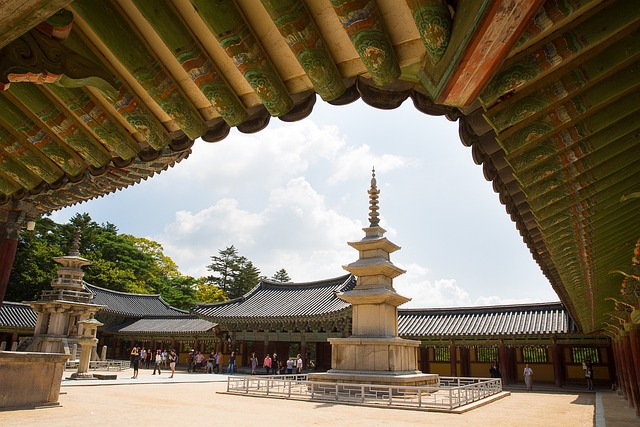
- History: Built in the 8th century, this famous Buddhist temple from the Goryeo Dynasty is one of the most famous World Heritage Sites. Features: The beautiful architecture and harmonious gardens are eye-catching. You can admire a variety of Buddha statues and archaeological artifacts. Insider tip: Visit at dawn or sunset to enjoy the quiet and beautiful scenery.
- Architectural beauty: Bulguksa Temple is a Goryeo Dynasty structure, and its beautiful architecture and harmonious gardens are eye-catching. The Buddhist sculptural art of the Goryeo Dynasty, especially with its giant stone Buddha statues, impresses visitors.
- UNESCO World Heritage Site: Bulguksa Temple is listed as a UNESCO World Heritage Site, recognizing its historical and cultural value.
- Buddhist cultural experience: Bulguksa Temple offers traditional Buddhist cultural experience programs, allowing visitors to experience the spirit and beauty of Buddhism.
Seokguram Grotto
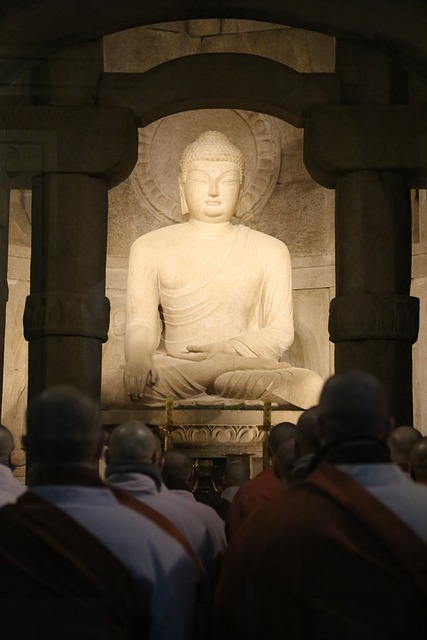
- History: Built in the 8th century, this cave containing a statue of Shakyamuni Buddha is considered a masterpiece of Buddhist art. Features: It is carved with various Buddhist statues, including the Buddha Shakyamuni, and has a serene and mystical atmosphere. Insider tip: We recommend visiting early in the morning to walk around the cave while the early morning sun is shining.
- Harmony between nature and man-made: Shakyamuni Buddha and other Buddhist statues are carved into the rock in natural caves. It’s a beautiful work of art that blends the natural and man-made.
- Serene atmosphere: The cave has a mysterious and tranquil atmosphere, providing visitors with a sense of meditation and calm.
- Representative of Buddhist art from the Goryeo Dynasty: The Seokguram rock is richly carved with Buddhist sculptural art from the Goryeo Dynasty, making it one of the representative examples of Korean Buddhist art.
Cheomseongdae Observatory
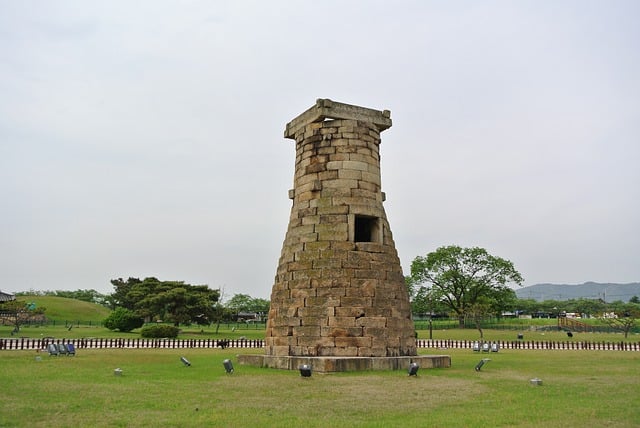
History: The world’s oldest observatory, built in the 7th century, was used for astronomical research and observation during the Goryeo Dynasty.
Features: A circular structure made of white stone, it was used to house equipment for astronomical observations and to transmit astronomical knowledge.
Tourist tip: Visit at night and participate in an astronomical observation program to learn about the history and astronomical knowledge of Cheomseongdae.
Gyeongju World
History: A large theme park that opened in the 1980s and is one of Gyeongju’s leading tourist attractions.
Features: It offers a variety of attractions and events, including roller coasters, rides, and swimming pools, making it a great place for families to enjoy.
Insider tip: In the summer, you can splash around in the pool, and in the fall, you can enjoy the fall foliage in a secluded setting.
Visiting these key tourist destinations in the race allows you to experience both history and natural beauty.
Cultural experiences and festivals:
Gyeongju is a city full of traditional culture and festivals, offering visitors a variety of experiences and things to do. Here are some of the top traditional cultural activities and festivals you can experience in Gyeongju:
Hanbok Experience
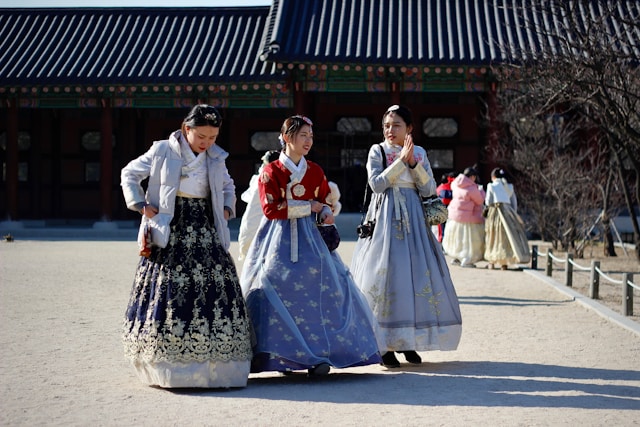
Hanbok is a traditional Korean costume, and in Gyeongju, you can rent a hanbok from various hanbok rental shops. Traveling around Gyeongju’s famous tourist spots in a hanbok is a great way to experience the traditional beauty of Korea.
Traditional Food Experience
Gyeongju is known for its wide variety of traditional foods. There are several traditional food experience programs where visitors can try their hand at making and tasting traditional foods, including rice cake making, kimchi making, and Korean tea tasting.
Traditional Crafts Experience
Gyeongju offers a variety of hands-on programs where you can try your hand at traditional crafts. You can experience a variety of traditional crafts, including pottery, embroidery, and paper crafts, and learn traditional techniques under the guidance of experts.
Gyeongju World Cultural Festival
Every fall, Gyeongju World hosts a variety of cultural festivals. With a variety of programs, including traditional Korean music and dance performances, traditional craft markets, and traditional food festivals, visitors can experience and enjoy traditional Korean culture.
As such, Gyeongju welcomes visitors with traditional cultural experiences and colorful festivals, making it a special place to experience the beautiful culture of Korea.
▶“Seoul’s Rival? Why Busan Might Just Steal Your Heart”
Natural scenery and activities:
Gyeongju is surrounded by beautiful natural scenery and a variety of activities, offering visitors a unique experience. Here are some of the many attractions and activities that offer both relaxation and adventure.
Mt. Toham
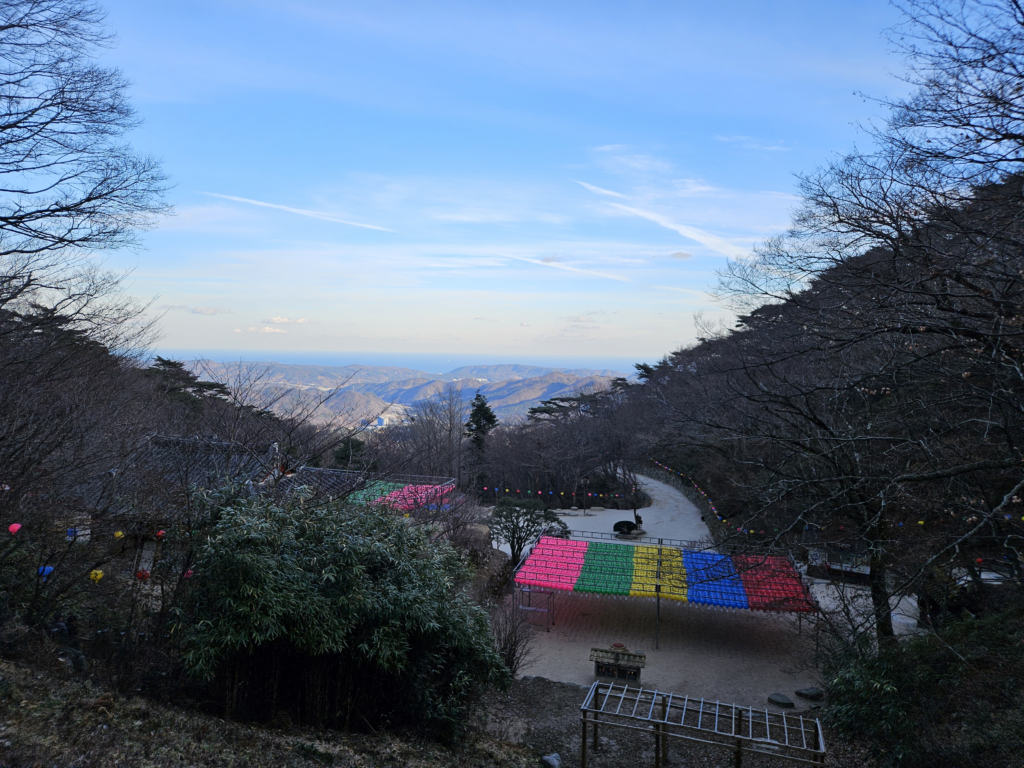
Mt. Toham is the iconic mountain of the race and is known for its natural beauty and trekking trails. Within Mt. Toham National Park, you’ll find a variety of walking trails and hiking paths to get out into nature. From the summit, you can enjoy a beautiful panoramic view of Gyeongju.
Daereungwon
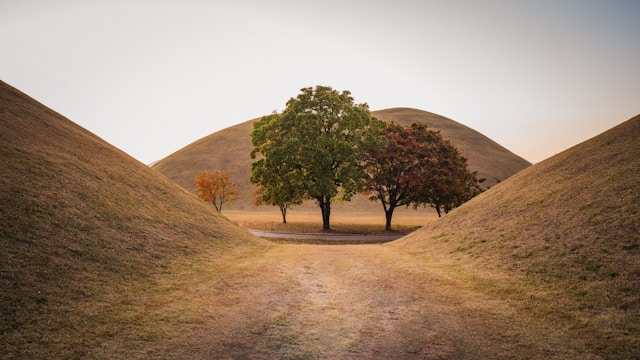
Daereungwon is the historic site of the tomb of King Silla, and combines its historical value with a beautiful natural setting. You can experience the history of the Silla Dynasty and admire the beautiful sculptures and greenery while walking around Daereungwon.
Donggung Palace and Wolji Pond
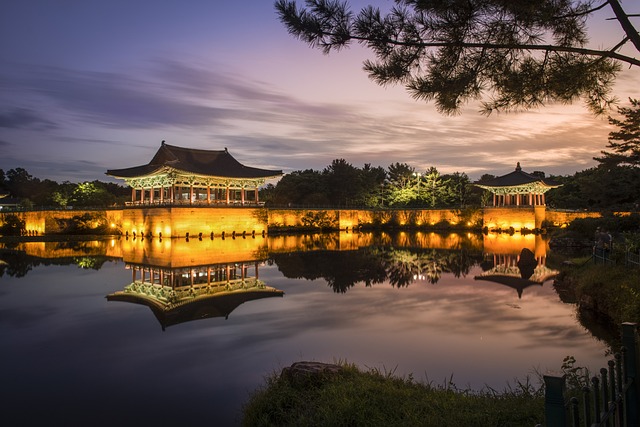
Donggung Palace and Wolji Pond are two of Gyeongju’s most iconic tourist attractions, combining a gorgeous palace with a beautiful pond. The cherry blossoms are in full bloom in the spring, and the fall colors are stunning.
Night Tour
The night view of Gyeongju is very beautiful and romantic. You can take a night tour to see Gyeongju’s representative attractions at night, especially Daereungwon, Donggung Palace, and Wolji.
▶“Spring is here~” Cherry blossoms in Korea 2024
Travel Tips and Tricks:
We offer the following tips and tricks to make your race trip more enjoyable:
Lodging recommendations:
Gyeongju offers a variety of lodging options. Hotels, motels, and guesthouses are available in downtown Gyeongju, and hanok accommodations are also popular for their historic atmosphere. Compare different lodging options before booking to find one that suits your preferences.
Where to eat:
Gyeongju is home to many delicious places to try traditional Korean food, especially Gyeongju’s specialty rice cakes, Hwangnam bread, and Hanjeongsik. Search for local favorites and popular restaurants to visit.
Transportation tips:
Gyeongju is an easy city to get around using public transportation. From Gyeongju Station, you can catch city buses and taxis to get to major attractions. There are also bike rentals available, which is a great way to get around the city. Check transportation times and routes in advance to plan your itinerary.
Tip:
Since many of the race’s attractions are distant, it’s a good idea to bring comfortable shoes and amenities. Also, pack a water bottle and snacks to stay energized and fueled during your trip. Finally, it’s important to pack according to the weather and be flexible with your travel plans.
With these tips and tricks for lodging, dining, and transportation, you’ll have a comfortable and enjoyable race trip.
Bottom line:
Gyeongju offers travelers a unique experience with its deep history, beautiful natural landscapes, and rich cultural heritage. A trip here is not just about sightseeing, it’s about experiencing and sharing Korean history and culture.
Gyeongju’s two World Heritage Sites, Bulguksa Temple and Seokguram, are treasures of humanity, and you can experience their beauty and historical value. Historic sites such as Donggung Palace and Wolji Temple showcase the stunning architecture and intricate carvings of the Silla Dynasty.
Gyeongju is also a place where you can enjoy a relaxing time in nature. Natural landscapes such as Nogodan Park and Gombaek Natural Recreation Forest are special places to find healing and tranquility away from the hustle and bustle of modern life.
Finally, traveling to Gyeongju is not just about sightseeing, it’s about experiencing Korea’s history and culture, and spending precious time with nature. Your experience here will not only provide new insights into your life, but will also leave a lasting memory.
Therefore, visiting Gyeongju and experiencing its special charms will make your trip even more meaningful.
We hope you enjoy the beauty and value of a race that you will always remember.
We look forward to seeing you there and sharing the experience with you.
